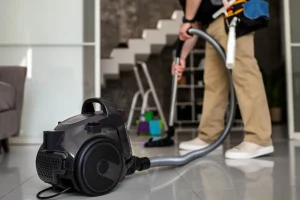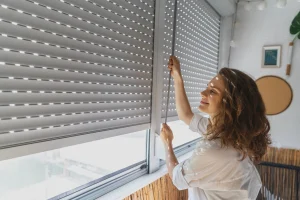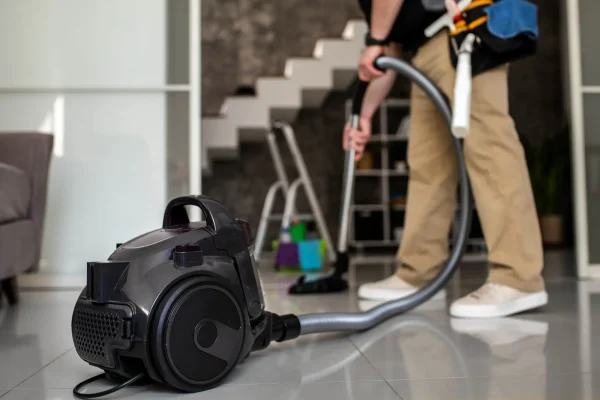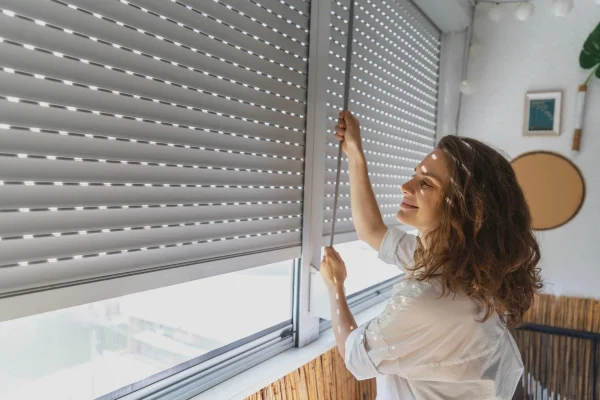Roof leak repair represents one of the most profound interventions in the life cycle of a building, a medical procedure that can either save or condemn the patient depending on the precision of diagnosis and treatment. Like a physician examining symptoms that speak to deeper pathologies, we must understand that every water stain, every damp patch, every mysterious drip tells a story of structural vulnerability and environmental assault.
The Anatomy of Infiltration: Understanding Water’s Relentless Journey
Water possesses cellular intelligence in finding weakness, flowing and penetrating with chronic persistence, exploiting microscopic flaws in our defences. The roof becomes the primary battlefield where this molecular warfare unfolds.
Consider the remarkable complexity of a single raindrop’s journey from cloud to ceiling:
• Atmospheric condensation forms moisture that eventually falls as precipitation
• Surface impact begins the inexorable quest for structural entry points
• Temperature cycling creates expansion and contraction that weakens sealants
• Wind-driven assault finds angles of attack impossible for static water
• Cumulative damage from each weather event compromises structural integrity
The pathology of roof deterioration follows predictable patterns, much like disease progression:
• Initial compromise appears as hairline cracks or minor sealant failures
• Moisture penetration accelerates material degradation through environmental cycling
• Chemical reactions and biological colonisation exploit structural weaknesses
• Visible manifestation emerges as damage requiring immediate intervention
Diagnosis: The Art of Detecting Hidden Failures
Effective roof leak repair begins with meticulous investigation, a process that mirrors clinical diagnosis in its requirement for systematic observation and analytical thinking. The visible symptoms—water stains, peeling paint, or actual dripping—represent merely the surface manifestation of deeper structural compromise.
Professional assessment involves multiple diagnostic approaches:
• Visual inspection of roof surfaces, guttering systems, and flashing details
• Moisture detection using thermal imaging and electronic moisture metres
• Structural evaluation of load-bearing elements and substrate conditions
• Environmental analysis considering local climate patterns and exposure factors
• Historical review of previous repairs and maintenance records
The skilled diagnostician understands that water rarely travels in straight lines, often originating metres from visible manifestation points.
Singapore’s tropical climate presents particular diagnostic challenges due to the interplay between intense rainfall, high humidity, and temperature fluctuations that stress roofing materials in ways that temperate climates cannot replicate.
The Therapeutic Arsenal: Modern Repair Methodologies
Contemporary roof leak repair employs impressive materials and techniques that would astound earlier generations, transforming crude patching into sophisticated restoration procedures.
Traditional repair approaches involved simple covering of damage points with rudimentary materials. Modern methodology addresses both immediate symptoms and underlying causes.
Advanced repair systems incorporate:
• Membrane technologies that create seamless, flexible barriers
• Chemical sealants engineered for specific material compatibility
• Reinforcement fabrics that distribute stress across repair areas
• Drainage management systems that redirect water away from vulnerable points
• Preventive treatments that protect against future deterioration
The selection of repair methodology depends on roof type, damage extent, environmental conditions, and performance expectations.
Environmental Factors and Regional Considerations
Climate represents perhaps the most significant variable in roof leak repair success. Different environmental conditions stress roofing systems in unique ways, requiring tailored approaches that account for local weather patterns and seasonal variations.
A prominent roofing specialist in Singapore observes: “Roof leak repair in tropical climates requires understanding that constant moisture and temperature cycling create repair challenges unknown in temperate regions. Our solutions must accommodate extreme humidity while providing long-term durability against intense weather patterns.”
This insight highlights the sophistication required in modern repair methodology. Solutions effective in moderate climates may prove inadequate when confronted with tropical conditions that accelerate material degradation and create unique failure modes.
The Economics of Intervention: Cost-Benefit Analysis
The financial implications of roof leak repair extend far beyond immediate repair costs. Like preventive medicine, early intervention typically proves far more economical than emergency treatment of advanced deterioration.
Economic analysis reveals several key considerations:
• Immediate repair costs ranging from S$500 for minor repairs to S$15,000 for extensive restoration
• Damage mitigation preventing interior damage that could cost S$20,000 or more
• Energy efficiency improvements through proper sealing and insulation
• Property value preservation through maintained structural integrity
• Insurance implications including coverage limitations and claim history impacts
The mathematics of roof maintenance demonstrate that regular inspection and prompt repair cost substantially less than emergency intervention following major failures.
Innovation and Future Directions
The field of roof leak repair continues evolving through technological advancement and improved understanding of material science. Smart monitoring systems now provide early warning of developing problems, whilst advanced materials offer enhanced durability and application versatility.
Nanotechnology applications promise self-healing materials that can automatically seal minor breaches. Integrated sensor systems monitor structural health and alert property owners to developing problems before visible damage occurs.
These innovations represent the future of building maintenance, where reactive repair gives way to predictive intervention based on real-time structural health monitoring.
The Prognosis: Long-term Success Strategies
Successful roof leak repair requires viewing individual interventions as part of a comprehensive maintenance strategy. Like maintaining human health, building preservation demands regular attention, early intervention, and professional expertise when problems exceed routine maintenance capabilities.
The investment in quality repair work pays dividends through extended building life, reduced emergency repair costs, and maintained property values. Property owners who approach roof maintenance as essential healthcare for their homes position themselves for long-term success and peace of mind.
Whether addressing emergency situations or planning preventive maintenance, the commitment to professional roof leak repair represents wisdom that protects both immediate comfort and long-term financial interests.








